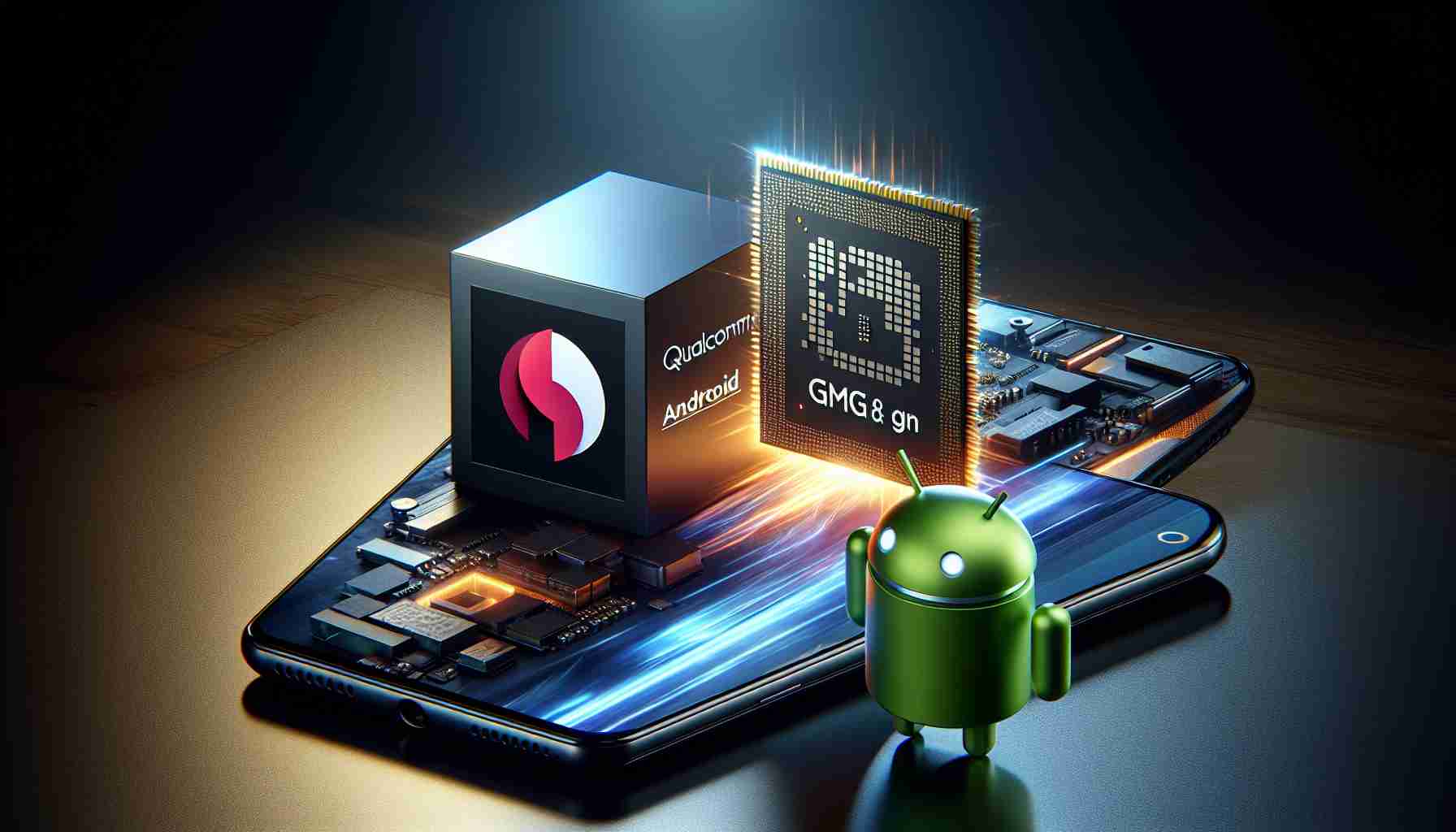Impending Snapdragon 8 Gen 4 Chipset Enhancements
Qualcomm is poised to give mobile technology a powerful boost with the anticipated unveiling of the Snapdragon 8 Gen 4 SoC in the fall. This groundbreaking chip is expected to be at the heart of numerous top-tier Android smartphones including the future Samsung Galaxy S25. The chip stands to introduce a fresh architecture and deliver enhanced speeds for both the CPU and GPU, marking a considerable advancement in Qualcomm’s offerings.
Revolutionary CPU Design and Accelerated Speeds
Leaked information suggests the Snapdragon 8 Gen 4 SoC will feature an innovative 2+6 CPU configuration built on an advanced 3 nm process. This design prioritizes two primary cores supplemented by six efficient cores, deviating from its predecessor’s 1+5+2 configuration. Reportedly, the prime cores could reach a maximum clock speed of up to 4.2 GHz, although expectations hint at a more likely range between 3.5 to 4 GHz. This still signifies a prominent jump from the previous generation’s top speed of 3.4 GHz.
Comparative Performance Indicators
The forthcoming SoC shows promising benchmark outcomes, having achieved 2,700 and 10,000 points in Geekbench’s single-core and multicore evaluations, respectively. These figures demonstrate a substantial improvement from the prior model’s scores of 2,250 and 7,100 points.
Enhanced GPU Capabilities
On the graphics side, the Snapdragon 8 Gen 4 is set to include an Adreno 830 GPU, reaching peaks of 965 MHz which eclipses the Adreno 750 GPU’s 770 MHz average of the previous chip. This incremental advancement enables the running of graphically intensive games like Genshin Impact at 1080p resolution, which presents a notable development for smartphone gaming performance.
Release Timeline and Integrations
Industry speculations point to the official reveal of the chip on October 1, with the first batch of Snapdragon-powered smartphones to be announced concurrently. The Xiaomi 15 series and the OnePlus 13 are among the eagerly awaited devices expected to harness the capabilities of the Snapdragon 8 Gen 4 SoC.
Important Questions and Answers:
What is the Snapdragon 8 Gen 4 SoC?
The Snapdragon 8 Gen 4 SoC is Qualcomm’s upcoming flagship processor designed for high-end Android smartphones. It is expected to feature an advanced CPU and GPU architecture, which aims to significantly improve the overall performance of devices that will be powered by it.
In which devices will the Snapdragon 8 Gen 4 likely be featured?
The Snapdragon 8 Gen 4 SoC is expected to be featured in numerous top-tier Android smartphones, including future models like the Samsung Galaxy S25, Xiaomi 15 series, and OnePlus 13.
What improvements does the Snapdragon 8 Gen 4 chip offer over its predecessors?
The Snapdragon 8 Gen 4 SoC is said to offer a redesigned CPU architecture, improved performance with higher clock speeds, and a more powerful GPU capable of delivering better graphics and gaming experiences.
Key Challenges or Controversies:
The launch of a new SoC usually brings challenges such as meeting consumer expectations for improved battery life and device thermals, ensuring compatibility with various smartphone designs, and integrating new technology within the broader ecosystem of mobile apps and services.
Advantages and Disadvantages:
Advantages:
– Enhanced CPU and GPU speeds may lead to faster and more responsive smartphones, improving user experience with demanding applications and games.
– The shift to an even more advanced manufacturing process (3 nm) could lead to better energy efficiency.
– Higher benchmark scores indicate a significant performance leap, which could keep Android devices competitive with Apple’s iPhone range.
Disadvantages:
– Upgrading to the latest chipset can often result in higher smartphone costs for consumers.
– Developers need to optimize their apps and games to take full advantage of the new SoC’s capabilities, which requires time and resources.
– New chips may raise the bar for system requirements, potentially leaving older devices behind and contributing to e-waste as consumers upgrade more frequently.
For more information on Qualcomm’s technologies and their latest news, you can visit their official website at Qualcomm.
The source of the article is from the blog trebujena.net
